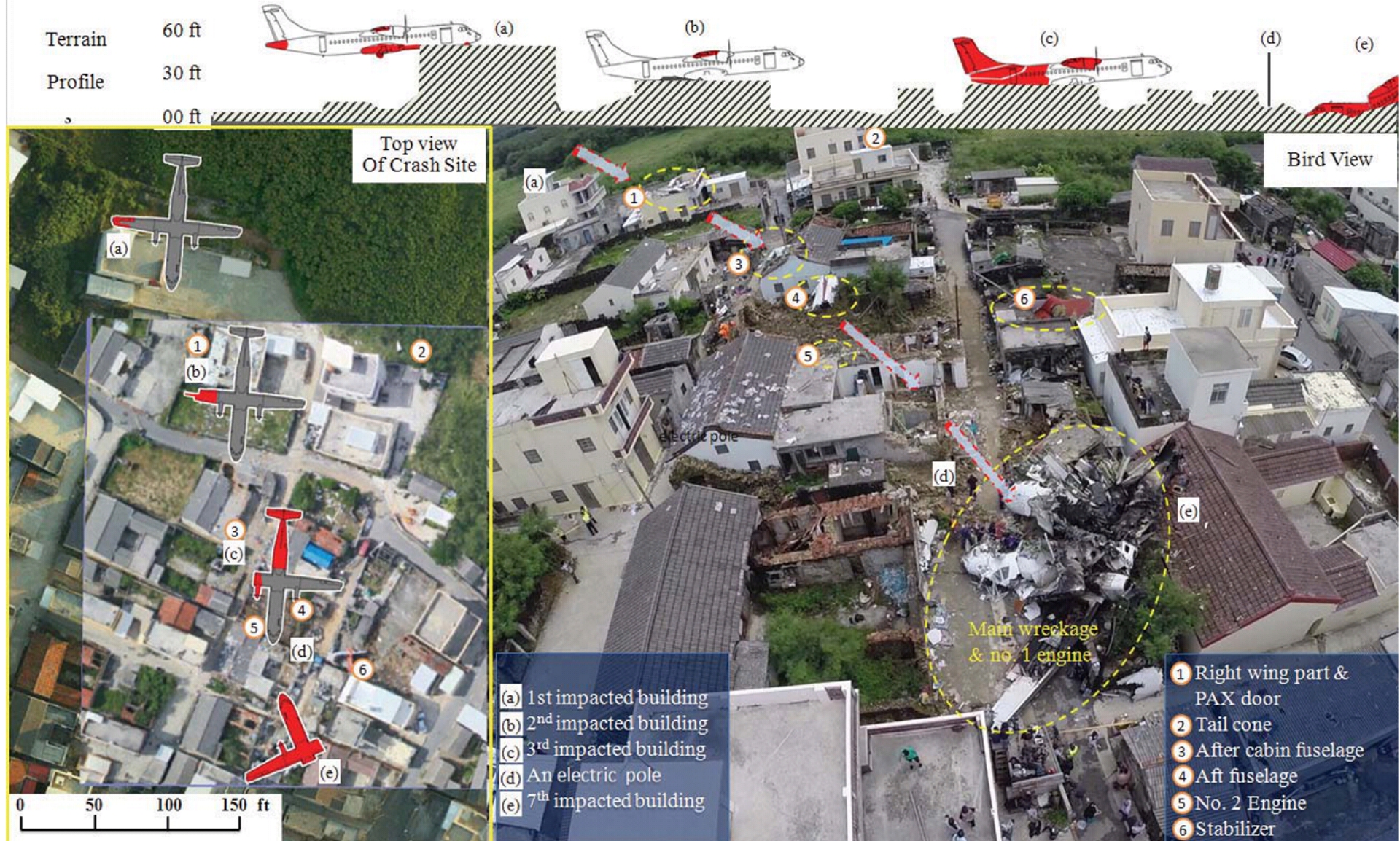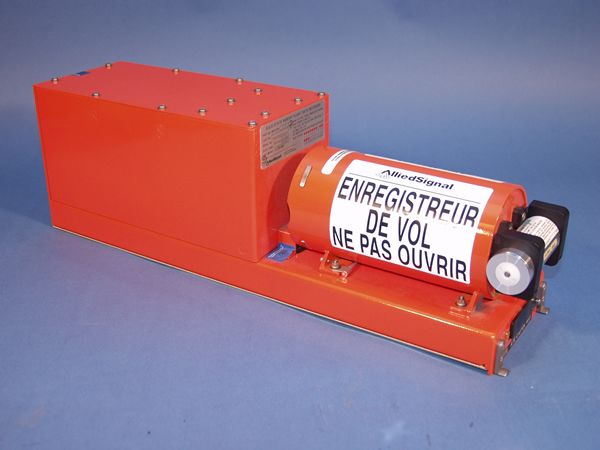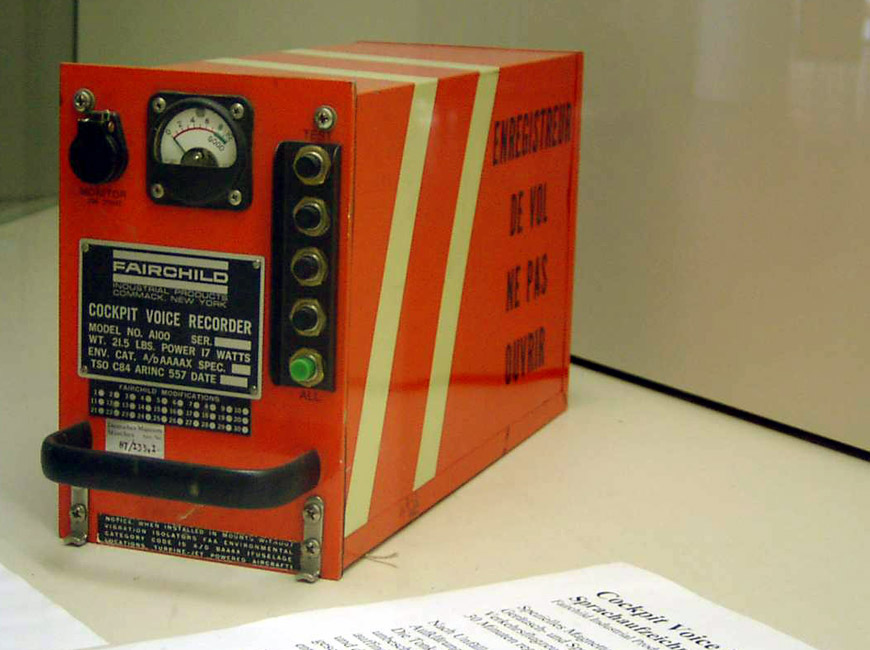|
TransAsia Airways Flight 222
TransAsia Airways Flight 222 was a scheduled domestic passenger flight operated by TransAsia Airways from Kaohsiung, Taiwan, to Magong, Penghu Island. On 23 July 2014, the ATR 72-500 twin turboprop operating the route crashed into buildings during approach to land in bad weather at Magong Airport. Among the 58 people on board, only 10 survived. An investigation by the Taiwanese Aviation Safety Council found that the pilots intentionally descended below the minimum descent altitude and that the captain was overconfident, resulting in pilot error. Accident Flight 222 was scheduled to depart from Kaohsiung at 16:00 Time in Taiwan, Taiwan time (08:00 UTC), but it was delayed by bad weather and took off at 17:43. The flight was uneventful until final approach. The weather at Magong Airport was inclement and visibility was poor, making it difficult for the pilots to see the runway. Kaohsiung Approach Control then instructed Flight 222 remain in a Holding (aeronautics), holding patte ... [...More Info...] [...Related Items...] OR: [Wikipedia] [Google] [Baidu] |
Controlled Flight Into Terrain
In aviation, a controlled flight into terrain (CFIT; usually ) is an aviation accidents and incidents, accident in which an airworthy aircraft, under aircraft pilot, pilot control, is unintentionally flown into the ground, a mountain, a body of water or an obstacle. In a typical CFIT scenario, the aircrew, crew is unaware of the impending disaster until it is too late. The term was coined by engineers at Boeing in the late 1970s. Accidents where the aircraft is out of control at the time of impact, because of mechanical failure or pilot error, are not considered CFIT (they are known as ''uncontrolled flight into terrain'' or ''UFIT''), nor are incidents resulting from the deliberate action of the person at the controls, such as acts of terrorism or suicide by pilot. According to Boeing in 1997, CFIT was a leading cause of airplane accidents involving the loss of life, causing over 9,000 deaths since the beginning of the commercial jet aircraft. CFIT was identified as a cause of ... [...More Info...] [...Related Items...] OR: [Wikipedia] [Google] [Baidu] |
Yeh Ken-chuang
Yeh Ken-chuang (, 31 July 1932 – 23 July 2014) was a Taiwanese master carpenter, woodcarver, and expert in traditional Taiwanese architecture from Magong. He was known as "Master Chuang" within the carpentry community in Taiwan. Yeh specialized in large traditional wooden architectural structures, including temples and other buildings. His notable works included the Long Men Kuanyin Temple and the Wang An Wu Fu Temple, both located in the Penghu Islands. In 2010, the government of Penghu County certified Yeh as a preservationist of traditional timber framing techniques. He was scheduled to be named as a candidate for "Living National Treasure" of Taiwan on 22 July 2014, at the time of his death. He died in the TransAsia Airways Flight 222 plane crash at Magong Airport on 23 July 2014 at the age of 82. President Ma Ying-jeou announced that the Bureau of Cultural Heritage would preserve Yeh's records and documents on his timber framing Timber framing (german: Holzfachwer ... [...More Info...] [...Related Items...] OR: [Wikipedia] [Google] [Baidu] |
China Post
China Post, legally the China Post Group Corporation ( zh, 中国邮政集团有限公司, Pinyin: ''Zhōngguó yóuzhèng jítuán yǒuxiàn gōngsī''), is the state-owned enterprise operating the official postal service of China, which provides the service in mainland China, excluding its special administrative regions, Hong Kong and Macau, which have their own postal service independent of the mainland's. The Corporation officially shares its office with the sub-ministry-level government agency State Post Bureau which regulates the national postal industry theoretically including the corporation. History The Customs Post Office of the Qing dynasty was established in 1878 by Robert Hart at the suggestion of the foreign powers, with branch offices in five major trading cities. On 20 March 1896, the Customs Post Office became the Great Qing Post, which in 1911 became independent of the customs service. The Great Qing Post became the Chunghwa Post in 1912. Chunghwa postal s ... [...More Info...] [...Related Items...] OR: [Wikipedia] [Google] [Baidu] |
Cockpit Voice Recorder
A flight recorder is an electronic recording device placed in an aircraft for the purpose of facilitating the investigation of aviation accidents and incidents. The device may often be referred to as a "black box", an outdated name which has become a misnomer—they are now required to be painted bright orange, to aid in their recovery after accidents. There are two types of flight recording devices: the flight data recorder (FDR) preserves the recent history of the flight through the recording of dozens of parameters collected several times per second; the cockpit voice recorder (CVR) preserves the recent history of the sounds in the cockpit, including the conversation of the pilots. The two devices may be combined into a single unit. Together, the FDR and CVR objectively document the aircraft's flight history, which may assist in any later investigation. The two flight recorders are required by international regulation, overseen by the International Civil Aviation Organizat ... [...More Info...] [...Related Items...] OR: [Wikipedia] [Google] [Baidu] |
Aircraft Engine Position Number
An aircraft is a vehicle that is able to fly by gaining support from the air. It counters the force of gravity by using either static lift or by using the dynamic lift of an airfoil, or in a few cases the downward thrust from jet engines. Common examples of aircraft include airplanes, helicopters, airships (including blimps), gliders, paramotors, and hot air balloons. The human activity that surrounds aircraft is called ''aviation''. The science of aviation, including designing and building aircraft, is called ''aeronautics.'' Crewed aircraft are flown by an onboard pilot, but unmanned aerial vehicles may be remotely controlled or self-controlled by onboard computers. Aircraft may be classified by different criteria, such as lift type, aircraft propulsion, usage and others. History Flying model craft and stories of manned flight go back many centuries; however, the first manned ascent — and safe descent — in modern times took place by larger hot-air ball ... [...More Info...] [...Related Items...] OR: [Wikipedia] [Google] [Baidu] |
Revolutions Per Minute
Revolutions per minute (abbreviated rpm, RPM, rev/min, r/min, or with the notation min−1) is a unit of rotational speed or rotational frequency for rotating machines. Standards ISO 80000-3:2019 defines a unit of rotation as the dimensionless unit equal to 1, which it refers to as a revolution, but does not define the revolution as a unit. It defines a unit of rotational frequency equal to s−1. The superseded standard ISO 80000-3:2006 did however state with reference to the unit name 'one', symbol '1', that "The special name revolution, symbol r, for this unit is widely used in specifications on rotating machines." The International System of Units (SI) does not recognize rpm as a unit, and defines the unit of frequency, Hz, as equal to s−1. :\begin 1~&\text &&=& 60~&\text \\ \frac~&\text &&=& 1~&\text \end A corresponding but distinct quantity for describing rotation is angular velocity, for which the SI unit is the ra ... [...More Info...] [...Related Items...] OR: [Wikipedia] [Google] [Baidu] |
Flight Recorder
A flight recorder is an electronic recording device placed in an aircraft for the purpose of facilitating the investigation of aviation accidents and incidents. The device may often be referred to as a "black box", an outdated name which has become a misnomer—they are now required to be painted bright orange, to aid in their recovery after accidents. There are two types of flight recording devices: the flight data recorder (FDR) preserves the recent history of the flight through the recording of dozens of parameters collected several times per second; the cockpit voice recorder (CVR) preserves the recent history of the sounds in the cockpit, including the conversation of the pilots. The two devices may be combined into a single unit. Together, the FDR and CVR objectively document the aircraft's flight history, which may assist in any later investigation. The two flight recorders are required by international regulation, overseen by the International Civil Aviation Organizat ... [...More Info...] [...Related Items...] OR: [Wikipedia] [Google] [Baidu] |
Taiwan Transportation Safety Board
The Taiwan Transportation Safety Board (TTSB, ) is an independent government agency of the Republic of China responsible for major transportation accidents on aviation, railways, waterways, and highways in Taiwan. The council is headquartered in Xindian District, New Taipei. Its headquarters were previously in Songshan District, Taipei. History The Aviation Safety Committee, later renamed Aviation Safety Council, was established on 25 May 1998 as an independent agency. It was put under the administration of Executive Yuan in May 2001 until 20 May 2012 after which it became an independent body again. On 1 August 2019, the agency was to be renamed "National Transportation Safety Council". Its portfolio expanded to cover major highway and railway incidents alongside aviation safety, and this was done in a response to a perceived shortcoming in the initial ad hoc investigation of the 2018 Yilan train derailment. The English name ultimately chosen was "Taiwan Transportation Safety B ... [...More Info...] [...Related Items...] OR: [Wikipedia] [Google] [Baidu] |
Holding (aeronautics)
In aviation, holding (or flying a hold) is a maneuver designed to delay an aircraft already in flight while keeping it within a specified airspace. Implementation A holding pattern for instrument flight rules (IFR) aircraft is usually a racetrack pattern based on a ''holding fix''. This ''fix'' can be a radio beacon such as a non-directional beacon (NDB) or VHF omnidirectional range (VOR). The fix is the start of the first turn of the racetrack pattern. Aircraft will fly towards the fix, and once there will enter a predefined racetrack pattern. A standard holding pattern uses right-hand turns and takes approximately 4 minutes to complete (one minute for each 180-degree turn, and two one-minute straight ahead sections). Deviations from this pattern can happen if long delays are expected; longer legs (usually two or three minutes) may be used, or aircraft with distance measuring equipment (DME) may be assigned patterns with legs defined in nautical miles rather than minutes. ... [...More Info...] [...Related Items...] OR: [Wikipedia] [Google] [Baidu] |
Runway Visual Range
In aviation, the runway visual range (RVR) is the distance over which a pilot of an aircraft on the centreline of the runway can see the runway surface markings delineating the runway or identifying its centre line. RVR is normally expressed in meters or feet. RVR is used to determine the landing and takeoff conditions for aircraft pilots, as well as the type of operational visual aids used at the airport. Measurement Originally RVR was measured by a person, either by viewing the runway lights from the top of a vehicle parked on the runway threshold, or by viewing special angled runway lights from a tower at one side of the runway. The number of lights visible could then be converted to a distance to give the RVR. This is known as the ''human observer method'' and can still be used as a fall-back. Today most airports use instrumented runway visual range (IRVR), which is measured by devices called scatterometers which provide simplified installation as they are integrated units an ... [...More Info...] [...Related Items...] OR: [Wikipedia] [Google] [Baidu] |
Standard Operating Procedure
A standard operating procedure (SOP) is a set of step-by-step instructions compiled by an organization to help workers carry out routine operations. SOPs aim to achieve efficiency, quality output, and uniformity of performance, while reducing miscommunication and failure to comply with industry regulations. Some military services (e.g., in the U.S. and the UK) use the term standing (rather than ''standard'') operating procedure, since a military SOP refers to a unit's unique procedures, which are not necessarily standard to another unit. The word "standard" could suggest that only one (standard) procedure is to be used across all units. The term is sometimes used facetiously to refer to practices that are unconstructive, yet the norm. In the Philippines, for instance, "SOP" is the term for pervasive corruption within the government and its institutions. Clinical research and practice In clinical research, the '' International Council for Harmonisation'' (ICH) defines SOPs as "de ... [...More Info...] [...Related Items...] OR: [Wikipedia] [Google] [Baidu] |




